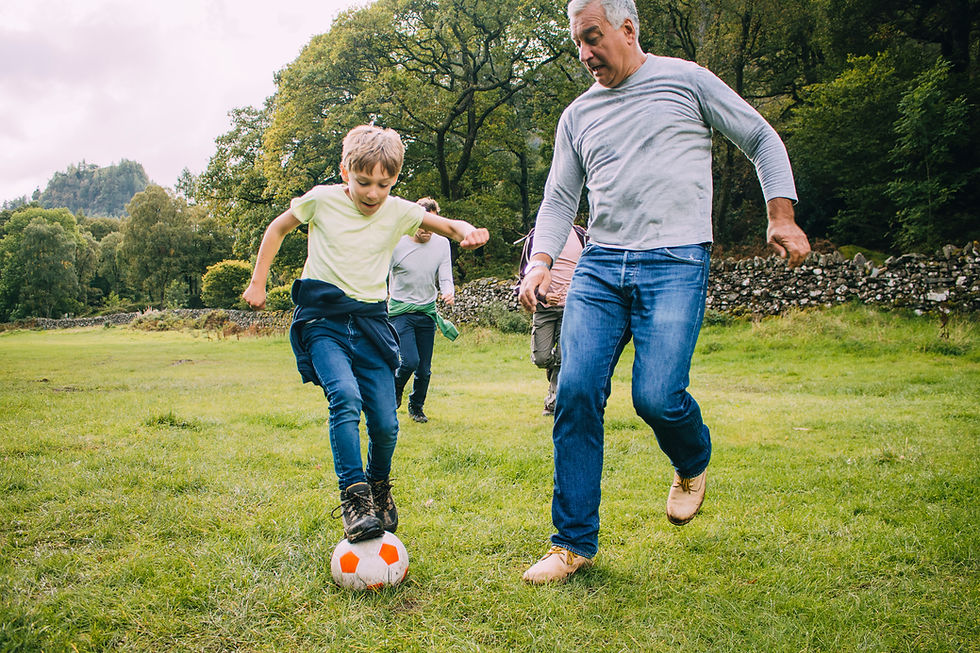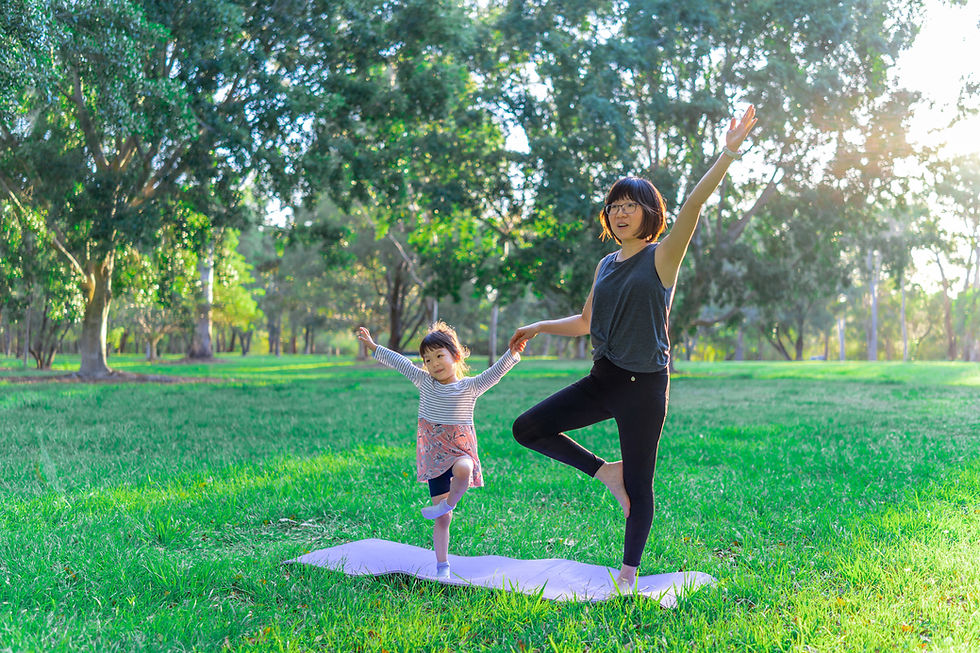The Concussion Evidence & Physical Therapy
- Ashley Stanley
- May 25, 2022
- 2 min read
Clinical Practice Guidelines. The oooh la la of physical therapy. The guiding documents that tell us how to treat various disorders in our field, using the best possible evidence. Boy are they hard to create in neurologic physical therapy. Can you imagine how especially difficult when creating a document to cover a topic like concussion/mild traumatic brain injury? A problem that affects pediatrics and adults and includes pediatric, orthopedic, sports, and neurologic specialties? Well they did it!

The CPG for Concussion was published in JOSPT in 2020 during the heart of the pandemic. I think this helped it achieve prominence - people actually had time to read it! I was on the edge of my seat awaiting its arrival and led a journal club for my orthopedic and neurologic colleagues the month it came out. It definitely changed my practice.
The big picture
The CPG lays out the best tools for 1) screening/diagnosis, 2) evaluation, and 3) treatment. The CPG focuses on four categories:
Cervical musculoskeletal impairments
Vestibulo-oculomotor impairments
Exertional tolerance impairments
Motor function impairments
Screening and diagnosis is centered around the medical necessity and timing of PT and importance of the comprehensive interview to determine multi-system impairments.
The examination should include specific tests and measures based on the 4 areas above if screening determines it necessary. Irritability will guide how much can be done on the exam and in treatment.
The CPG recommends treating the neck pain first and then vestibulo-oculomotor impairments. This recommendation resulted in the biggest shift in my practice after reading the CPG. As a neurologic and vestibular therapist, most clients who come to me have more issues with dizziness and balance than neck pain. I would typically refer clients to orthopedics if the neck pain prevented us from progressing, but now I target the neck before the vestibular system. Or at least at the same time. The CPG helps me use a framework to ensure my treatment is evidenced based.

What to look for in a provider
Rehabilitation for concussion is a booming industry. Everywhere I look it seems there is a PT who says they are a concussion expert. So how do you really know? If I was a patient, these are the questions I would ask:
How many clients have you treated with concussion?
Are you board certified in neurology, sports, orthopedics, or manual therapy? (This is not a deal breaker, but how they answer the question gives you insight into their skills and background)
Do you regularly work with a neurologist, psychiatrist/psychologist, physiatrist, speech therapist, and/or vision specialist? Can you give me a list of who you recommend for these services?
How will you measure my progress during the course of treatment?
Teasing out who has experience for your specific set of problems after concussion isn't easy. These questions are a starting point. Every concussion has features more prominent than others and this helps determine the best provider for each case. Neck pain the prominent sign? Ortho or a manual PT is best. Dizziness the prominent sign? A vestibular PT with a neurologic background is best.
But if the provider is using the CPG as a guiding document, you can't go wrong.
Ashley Stanley PT, DPT
.png)



Comments